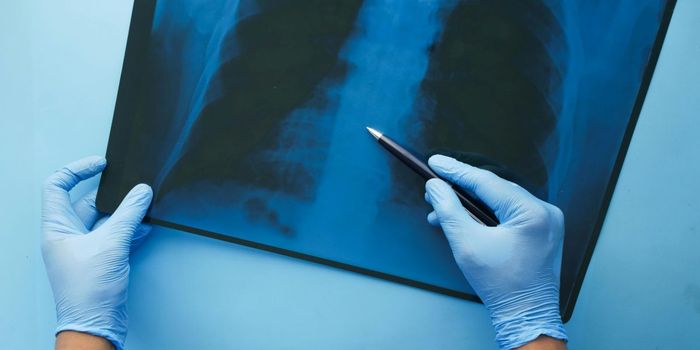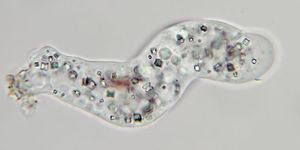Reporting in Nature, researchers have created a way to move molecules between cells; they refer to this new technology as enveloped protein nanocages (EPNs). These nanocages are self-assembling and can move themselves out of human cells inside of vesicles, in a way that is similar to viral mechanisms. This work will hopefully aid in the development of therapeutics that can be targeted to specific cell types.
"We're shifting our perception from viruses as pathogens, to viruses as inspiration for new tools," said senior author of the new report, Wesley Sundquist, Co-chair of the Department of Biochemistry at the University of Utah School of Medicine.
The investigators have laid out dominoes for the cell; it receives blueprints for a series of events that propel themselves forward in a chain reaction. The structure of the nanocages was previously reported; the scientists have now added portions of viral genetic material to release those nanocages from the cell, travel to another cell, and export the contents.
"We are now able to accurately and consistently design new proteins with tailor-made structures," said Co-corresponding author Neil King, an Assistant Professor at the Institute for Protein Design at the University of Washington. "Given the remarkably sophisticated and varied functions that natural proteins perform, it's exciting to consider the possibilities that are open to us."
Using viruses to engineer EPNs was a natural fit. Viruses have perfected a system of depositing contents into a cell, and Sundquist has spent many years researching the human immunodeficiency virus. His work has helped him understand the mechanisms that underlie the system. They had learned from their work on viruses that the delivery mechanism would require several essential components – an ability to attach to membranes, construct themselves on their own, and then exit cells. Errors in any of those parts would result in failure. That is not the case, however.
“The success of our system is the first formal proof that this is how virus budding works," said Sundquist.
“I was sure that this would need fine-tuning but it was clean from the very beginning," said the lead author of the work, Jörg Votteler, a Postdoctoral Fellow in Biochemistry at the University of Utah. "When it's right, you know it," said electron microscopist David Belnap. His observations confirmed that the results of their design agreed with computers models.
The investigators were able to make modifications while maintaining the overall process. They were able to use cages of different shapes or surround them with a different membrane. As such, their design is flexible and customizable.
Of course, much work remains in the testing phase before it could be applied to humans. It is not yet known how far they can travel, or how much medicine they might be able to deliver. "As long as we keep pushing knowledge forward we can guarantee there will be good outcomes, though we can't guarantee what or when," concluded Sundquist.
If you would like to know more about the work of these researchers, Neil King discusses self-assembing nanopaticles in the above video.
Sources: AAAS/Eurekalert! via
University of Utah Health Care,
Nature









